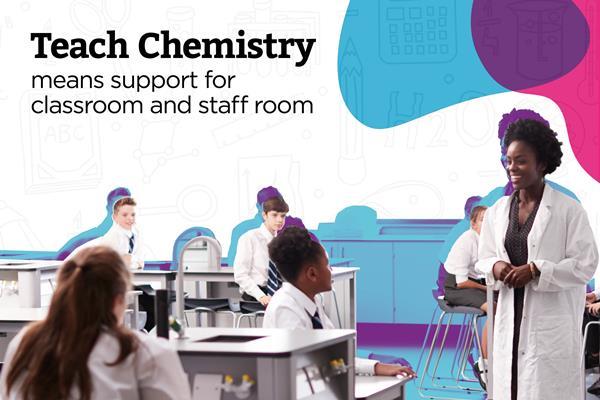How to use a visualiser for successful lessons

From zooming in on chemical phenomena to explaining marking schemes, try these teacher-tested approaches
Do you have a visualiser gathering dust in your classroom? Well, read this article and give it its moment in the sun. With a bit of forward planning your visualiser can be a powerful tool for firing students’ imaginations and enhancing their chemistry learning – and it can even make assessing and reviewing their work easier and more effective.
Thanks for using Education in Chemistry. You can view one Education in Chemistry article per month as a visitor.

Register for Teach Chemistry for free, unlimited access
Registration is open to all teachers and technicians at secondary schools, colleges and teacher training institutions in the UK and Ireland.
Get all this, plus much more:
- unlimited access to resources, core practical videos and Education in Chemistry articles
- teacher well-being toolkit, personal development resources and online assessments
- applications for funding to support your lessons
Already a Teach Chemistry member? Sign in now.
Not eligible for Teach Chemistry? Sign up for a personal account instead, or you can also access all our resources with Royal Society of Chemistry membership.



